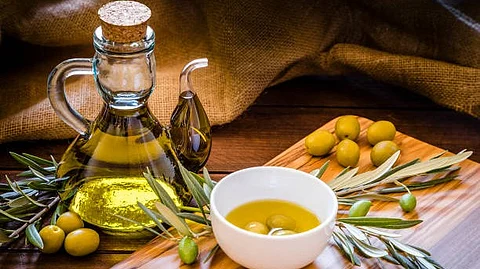Why this matters
Of course, most people don’t eat isolated fatty acids. Our meals are complex: toast with avocado and eggs, a tuna salad with almonds, creamy coffee, or pasta with meat sauce. All of these contain varying types of fats, making it difficult to track how much oleic acid we actually consume.
But here’s the issue: oleic acid levels are increasing in the global food supply, partly due to the rise of processed and fast food options that often rely on high oleic oils for shelf stability and cost-effectiveness. So while you're not drinking olive oil straight from the bottle, you may still be getting more oleic acid than you think.
This doesn’t contradict decades of research showing olive oil’s heart benefits—it simply underscores the importance of dosage and diet diversity in nutrition science.(2)


